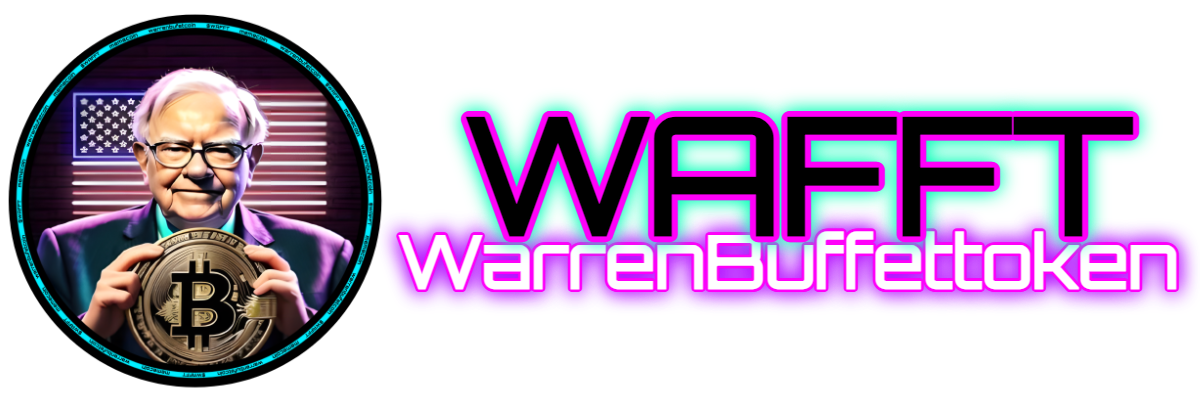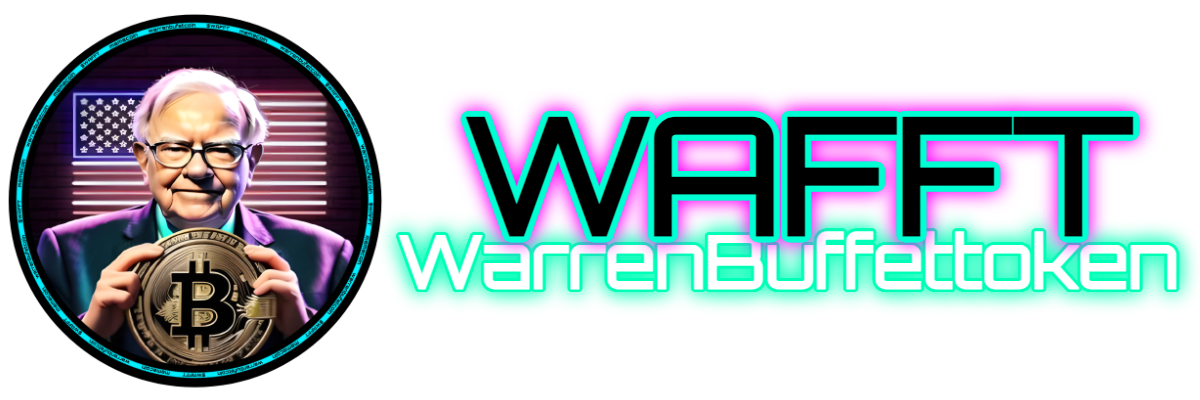Inflation:
Introduction to Inflation
Inflation, in simple terms, is the widespread and sustained increase in the prices of goods and services in an economy over a period of time. If you notice that the same $100 bill buys fewer things today than it did a year ago, you’re seeing the effects of inflation in action!
But be careful, inflation does not mean that all prices rise at the same time or in the same proportion. Some prices may rise more than others, and in certain cases, some products may fall. What counts here is the general average of prices.
What is inflation?🤔
Inflation is simply the general increase in prices in an economy over a period of time. In other words, it is what happens when the prices of the goods and services we buy every day (such as bread, transportation, gasoline, or the internet) rise continuously.
Imagine that today you have $100 to buy groceries, but in a year, with that same $100, you can no longer buy the same thing because prices have risen. That is inflation: money loses its value, because you need more to buy the same thing than before. 🛒💸

Why does inflation happen? 🧐
Inflation doesn’t just happen, it has its reasons (and sometimes more than one at the same time).
Here are the most common causes:
1. Demand exceeding supply:
When a lot of people want to buy something, but there aren’t enough products available, prices go up. It’s the classic law of supply and demand. If there’s little supply but a lot of demand, be prepared to pay more! 📦⬆️🛍️
Demand-pull inflation 🛍️📈
This happens when the demand for goods and services in the economy exceeds the available supply. If everyone wants to buy the same things but there aren’t enough products, prices tend to rise. A classic example of this is when economies grow too quickly and everyone has more money to spend. Companies can’t produce enough to meet that demand, and as a result, prices rise.
2. Higher production costs:
If the costs to produce something go up (like wages, raw materials or energy), companies increase the price of their products to maintain their profit margin. We feel this directly in our pockets, like when the price of oil goes up and everything that depends on it goes up too! 🛢️💰
Cost-push inflation ⚙️💰
Here, rising prices are due to rising production costs. If oil, wages, or raw material prices rise, companies often pass that increase on to consumers by raising the prices of their products. A good example of this is the oil crisis in the 1970s, when crude oil prices skyrocketed and everything from transportation to basic goods became more expensive.
3. Excess money in circulation:
When governments or central banks decide to put a lot of money into the economy (by printing more bills, for example), the value of that money goes down. It’s like we all have more money, but there’s the same amount of stuff to buy, so prices go up. Too much money chasing too few products! 💵📉
Structural inflation 🏗️
This type of inflation occurs due to structural problems in the economy, such as a lack of infrastructure, low productivity, or regulations that prevent supply from growing enough to meet demand. These factors can cause prices to rise persistently.
4. Expectations:
If we all believe that prices are going to keep going up, companies raise prices and workers ask for wage increases, which in turn causes more inflation. It’s like a kind of «self-fulfilling prophecy.» 🔮
How is inflation measured? 📊
To measure inflation, economists use several indicators. The most common is the Consumer Price Index (CPI). This index tracks changes in the prices of a basket of goods and services that households typically consume. (It includes things like food, clothing, transportation, housing, and basic services (electricity, water, etc.).
Every month, countries’ statistical offices collect data on the prices of those products. If most prices in that basket are going up, then inflation has risen. If they are going down, then we talk about deflation, which is the opposite of inflation.
Another important indicator is the Producer Price Index (PPI), which measures prices at the producer level (before they reach the final consumer). It is useful for predicting how changes in production costs will affect consumer prices in the future.
Is inflation always bad? 🤷♂️
Not necessarily. A little inflation is normal and even good for the economy. In fact, central banks in many countries aim for 2% inflation per year. Why? Because it indicates that the economy is growing, that there is consumption, and that money is circulating.(Or well, that’s what they want us to do.)🤔
The problem is when inflation gets out of control. Very high inflation (or worse, hyperinflation) can make money lose value so quickly that it becomes practically worthless. If you’ve ever heard stories of people wheeling wheelbarrows full of bills to buy a loaf of bread, like in Germany in the 1920s, that’s hyperinflation. And believe me, nobody wants to live through that. 😳🚶♀️💸
How does inflation affect your life? 👛
Now, you’re probably wondering, «This is all interesting, but how does it affect me?»
Here are some practical examples:
Purchasing power 💵:
Inflation reduces the value of money.If prices rise and your salary does not, you can buy less and less with the same amount of money. That’s why it’s important for salaries to rise in line with inflation.
Savings 🏦:
If you have money saved, inflation can erode its value. For example, if you have $1,000 in the bank and inflation is 5% per year, after a year that money will have the same purchasing power as $950 today.
Debts 💳:
On the other hand, if you have debts with fixed interest rates, inflation can «help» you. As the value of money decreases, the amount you have to pay also loses real value.
Investments 📈:
Investors pay attention to inflation because it affects the performance of their investments. Bonds, for example, can lose value in times of high inflation, while stocks or tangible assets such as gold are often better protected.

A little bit of inflationary history 🏛️📜
Let’s dive into the history of inflation! 🌍💸 The concept of inflation has very ancient roots. Although the word inflation began to be used formally in the 19th century, ancient civilizations already suffered from similar phenomena.
Let’s take a walk through some key historical episodes:
1. Inflation in the Roman Empire (3rd century AD) 🏛️
One of the first documented cases of extreme inflation occurred during the Roman Empire. In the 3rd century, the empire was going through a severe political and economic crisis. To finance wars and cover state deficits, Roman emperors began reducing the gold and silver content of coins, creating more coins with less real value. This process is known as devaluation.
As coins became less valuable, prices began to rise dramatically. Emperor Diocletian (reigned 284–305 AD) attempted to control the situation by issuing the famous Edict of Maximum Prices in 301 AD, which set maximum prices for more than a thousand products. However, this measure was a complete failure, as merchants refused to sell products at such low prices. As a result, there was a shortage of basic goods. 😬📉
This is a good example of how uncontrolled inflation can destabilize an economy and even contribute to the decline of powerful empires. Attempts to control inflation with price regulations rather than addressing the underlying causes (such as currency devaluation) often fail.
2. Hyperinflation in Germany (1921-1923) 🇩🇪💶
The most famous case of hyperinflation in modern history occurred in the Weimar Republic, post-war Germany. After World War I, Germany was forced to pay huge war reparations under the Treaty of Versailles. To meet these payments, the German government began printing large amounts of money.
At first, it seemed like a quick fix to cover costs, but soon the situation spiraled out of control. Prices began to rise alarmingly, and by 1923, the German mark was practically worthless. German citizens found themselves with banknotes that were not enough to buy even a loaf of bread. In fact, the banknotes were so worthless that some people used them to heat their homes or do crafts. 🔥💵
Example of what hyperinflation can cause:
In 1919, 1 US dollar was worth 4.2 German marks.
In November 1923, 1 dollar was worth 4.2 trillion German marks. 😱
The economic disaster caused a serious social and political crisis that, along with other factors, paved the way for the Nazi regime to come to power years later. To get out of this crisis, Germany had to adopt a new currency (the Rentenmark) and carry out radical economic reforms.

3. Inflation in Latin America during the 1980s and 1990s 🌎💸
Inflation has been a recurring problem in Latin America, especially during the 1980s and 1990s. Many countries in the region suffered from episodes of very high inflation, often driven by unsustainable fiscal and monetary policies.😤
Argentina 🇦🇷
One of the best-known cases is Argentina, which during the 1980s and 1990s experienced periods of hyperinflation. In 1989, inflation peaked at 3,000% per year. Yes, you read that right! Prices tripled in a matter of days. Wages couldn’t keep up, and the Argentine economy fell into total chaos.
One of the main causes was that the Argentine government was printing money to finance its fiscal deficits. The situation was so dire that prices in supermarkets changed several times a day. There was a complete loss of confidence in the Argentine peso, and people sought refuge in foreign currencies such as the US dollar.
To deal with this crisis, Argentina implemented the Convertibility Plan in 1991, which fixed the value of the Argentine peso to the US dollar (1 peso = 1 dollar). This temporarily stabilized the economy, but the solution was unsustainable in the long term.
Brazil 🇧🇷
Another emblematic case is that of Brazil, which also experienced very high levels of inflation during the 1980s and 1990s. In 1994, Brazil implemented the Real Plan, which introduced a new currency (the real) and strict measures to control public spending. This plan was successful and helped reduce inflation to manageable levels.
4. The oil crisis and stagflation in the 1970s 🛢️
The price of oil soared when OPEC countries (Organization of Petroleum Exporting Countries) decided to cut production and raise prices in response to geopolitical conflicts. This increase in energy costs impacted virtually every aspect of the economy, as oil is a key input for the production and transportation of goods.
Unlike previous crises, this inflation was driven by costs, not by excess demand. Stagflation posed a major challenge to traditional economic theories, which did not usually foresee high inflation coupled with low growth and high unemployment. Economists such as Milton Friedman criticized the handling of inflation at this time and advocated stricter monetarist policies to control the money supply. 🏦📉
5. Zimbabwe and the Hyperinflation of the 2000s 🇿🇼💵
Another modern example of hyperinflation occurred in Zimbabwe in the early 2000s.Under the leadership of Robert Mugabe, the country implemented disastrous agrarian policies, such as confiscating land from white farmers without providing an adequate structure to sustain agricultural production. This caused a collapse in food production and, coupled with other erratic economic policies, led to an unprecedented inflationary spiral.
In 2008, inflation in Zimbabwe reached astronomical figures, exceeding 79.6 billion percent (yes, millions of percent!). The country’s largest banknote once had a face value of 100 trillion Zimbabwean dollars. Much like in 1920s Germany, people needed wheelbarrows of banknotes to buy basic items, and many abandoned the local currency to use US dollars or euros. 💰🚚
Zimbabweeventually abandoned its currency and adopted the US dollar as its main currency in 2009, which helped stabilize the economy.
Conclusion 🎯
Throughout history, inflation has played a crucial role in transforming entire economies and societies. From Roman times to recent bouts of hyperinflation in Zimbabwe, governments have learned (sometimes the hard way) that uncontrolled inflation can be devastating. However, we have also learned to manage it better over time, thanks to economists who have developed theories and policies to keep it under control. Although inflation may seem like a complex and difficult phenomenon to understand, it is something that affects everyone’s lives throughout history!

Influential figures in the study of inflation 👨🏫
Throughout history, many economists have studied and tried to understand inflation.
Here are some of the key figures:
1. Irving Fisher (1867-1947) 🇺🇸
Fisher was one of the first to relate inflation to the amount of money in circulation. His famous «quantitative money equation» states that if you increase the amount of money in an economy without increasing the goods and services available, prices rise. He was a pioneer in explaining how excess money causes inflation and in studying the future expectations of consumers and businesses. 📚
2. Milton Friedman (1912-2006) 📈
Milton Friedman, one of the most influential economists of the 20th century, popularized the idea that «inflation is always and everywhere a monetary phenomenon.» For Friedman, inflation arises when central banks (such as the US Federal Reserve) allow the money supply to grow faster than the production of goods and services. He firmly believed that the solution to inflation was to control the amount of money in circulation. 💵
3. John Maynard Keynes (1883-1946) 🌍
Although Keynes did not focus directly on inflation, his theories on the role of government in the economy greatly influenced economic policies. He argued that in times of crisis, governments should spend more to revive the economy, even if it caused some inflation. For Keynes, controlled inflation was a reasonable price to pay to stimulate economic growth and avoid unemployment. 🏛️
4. Paul Volcker (1927-2019) 🏦
Volcker was chairman of the US Federal Reserve in the 1980s, and is famous for his aggressive policy to control inflation in the United States. During the 1970s, the U.S. suffered from runaway inflation (known as «stagflation«). Volcker dramatically raised interest rates to reduce inflation, which caused a recession but ultimately managed to stabilize the economy. His approach laid the groundwork for how central banks handle inflation today. 🔨
Conclusion 🎯
Inflation is a complex phenomenon, but understanding it is key to understanding how the economy works. Although it may seem like a dry topic, inflation is always present in our daily lives, from buying bread to planning our investments. So, the next time you see prices rising, you know you’re seeing inflation in action, and thanks to figures like Fisher, Friedman, and Keynes, we have better tools to control it and keep it under control.


